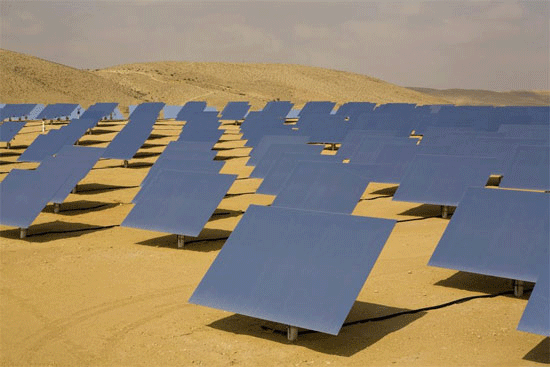It’s Not An Optical Illusion – Galvanizing Is Green

When we think of galvanized steel, we tend to think of bright, shiny, silver things like electrical conduit, fence posts, old school buckets, and garbage cans. Silver –not green – is the color that comes to mind (unless you’re thinking about Wheatland Tube’s green Color-Check™ EMT, but that’s a discussion for another day!). However, maybe we should think green when we see a galvanized tube instead.
Of course, the green we’re talking about in this case is the idea of doing things in an environmentally responsible way. JMC Steel is committed to being part of the ongoing transformation to a greener world. One of the ways we’re doing that is through our commitment to the solar energy market with our galvanized hollow structural sections (HSS).
Solar energy offers a clean and renewable supplement to fossil fuel energy sources, and we’re excited to be part of that industry’s growth. A major challenge that this technology faces is the often harsh environments where solar energy is most efficiently collected. The steel supporting those delicate and expensive panels needs to be strong, and it needs to last. Studies have shown that hot dip galvanizing (HDG) can provide 50 or more years of maintenance free corrosion protection. It’s clear, therefore, that JMC’s galvanized HSS have the long-lasting strength to support the solar energy industry.

If you’ve ever seen (or even been relatively close to) a HDG kettle, you might be thinking that a process as energy intensive as HDG can’t possibly be good for the environment, even if it does allow for the growth of the solar industry.
(If you haven’t seen, or been relatively close to, an HDG kettle, a very basic description of the process is that zinc metal is heated until it melts at around 800° F, and the steel to be treated is dipped into or passed through a kettle full of the molten zinc).
What I’ve learned is that hot dip galvanizing does, in fact, add to the energy required to produce HSS, but that additional energy is at least 60% lower than the energy required to replace rusted HSS with new material. So, when you look at the big picture, that silver coating on your steel tubing is really pretty green.
